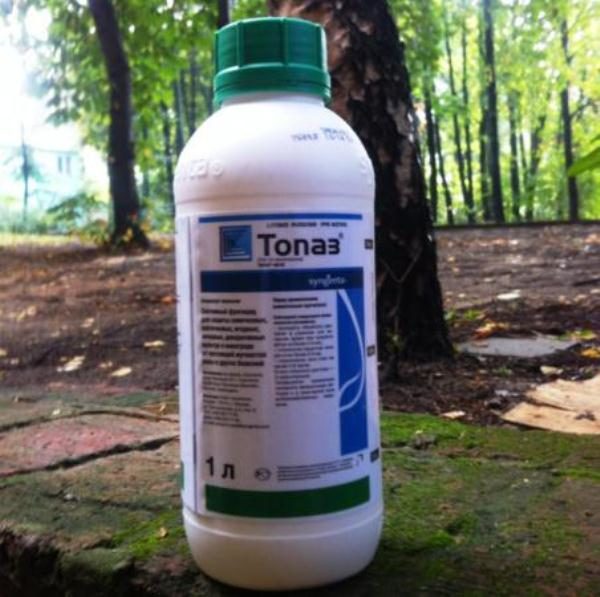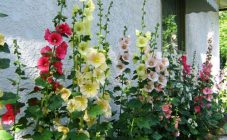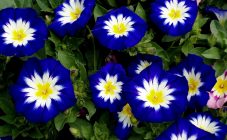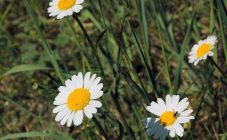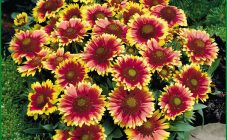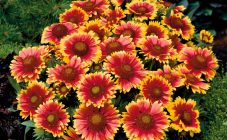Content:
The flowering plant Gaillardia belongs to the Astrov family. It is a perennial, which is a semi-shrub used to decorate gardens and flower beds. The flower looks like a chamomile with a fiery color. Gaillardia, which is quite easy to care for, is liked by gardeners for its showiness. Any novice gardener can grow this decoration of a summer cottage or city square. You just need to know the factors that affect successful growth. Consider the features that Gaillardia possesses, its planting and care, as well as reproduction, carried out in accordance with the rules.
Description of culture
In the wild, similar plants are found in the Americas. There, Gaillardia can be annual or perennial, it is distinguished by its resistance to drought. The flower owes its name to Gaillard de Charentono, a French citizen. He is a philanthropist of the 18th century who patronized botany, a member of the Academy of Sciences in Paris.
The plant loves light, moderate moisture. As a perennial, it grows up to 5 years in the same place, after which it is recommended to transplant it. In open field conditions, flowering continues throughout summer and autumn until frost. These are yellow petals with a red center. The flowerbed as a whole is a pattern with sunny shades. There are two-color and three-color varieties. Florists will especially like the terry version.
There are over twenty varieties. Representatives of landscaping, gardeners prefer to grow a spinous and hybrid variety. They are planted on flower beds, beds, curbs. Hybrids are obtained by crossing the spinous with Gaillardia Beautiful, wild and annual. There are other selection options. An example is the Oriental Patterns variety, blooming with red flowers, as well as with shades of copper, with a diameter of 12 cm. Flowers, yellow at the ends and with purple in the middle, appear in June, being present in home beds before the onset of a significant cold snap.
The Red Plume variety with terry terracotta baskets of tubular funnel-shaped flowers is also popular. Yellow Plume has almost spherical double flowers.
Spinous Gaillardia is a shrub from 30 to 75 cm tall. Presented by varieties:
- Mandarin;
- Wirral Flame;
- Dazzer.
Hybrid variety – these are the following varieties:
- Primavera is a bush up to 25 cm with several stems topped with flowers 12 cm in diameter;
- Arizona San - has dwarf sizes up to 12 cm in height (no more than 20), is distinguished by lush flowering;
- Zone - up to 0.6 m, yellow range of shades.
Reproduction of culture
Two methods of reproduction of this perennial are used:
- Germinating seeds.
- Vegetation, division of the bush.
The second way is the easiest to implement. Old plants become lush and can be separated as a result. Although they grow slowly. Spring, April is the most suitable period for this. Individuals can also be separated in the fall after pruning. You can plant new bushes in the holes, which should be moistened by adding humus.
Self-seeding is also an active breeding method. But the color may not be preserved, it may be different from the original plant. Seed material is collected from inflorescences specially left before autumn. To prevent shedding, you need to wrap them with gauze fixed to the stem.Although it is quite possible not to collect seeds, but to give them the right to fall to the ground. Flowers should spontaneously sprout in the spring. All that is required is plant thinning and transplanting.
Growing from seeds
It does not take much effort to grow perennial Gaillardia. But it is useful to know a few rules by which decorative qualities are most fully realized. This light-loving plant occupies sunny areas. Soils are needed light, any cultivated are suitable, with the exclusion of high acidity and humidity.
Gaillardia is perennial and its planting requires the introduction of fertilizers (complex and mineral, 40 g per bucket of water) into the pit. It is also humus, wood ash, compost. After placing the bush, it is watered abundantly.
The seed is obtained from several flower stalks left for this purpose, on which it ripens. The collection is carried out in a bag, after which it is dried. Gaillardia, growing from seeds of which begins in spring, requires adherence to the usual rules:
- Sowing should be in a place selected according to the rules.
- The seeds are deepened by 1 cm or less, otherwise germination will be more difficult.
- The plot is watered, covered with a film that creates the effect of a greenhouse.
- Seedlings appear on day 11 or 12. At a temperature of 22 degrees, you can wait up to 15 days. Seedlings dive when 2 or 3 true leaves appear.
- The plantings are transferred to the ground for permanent growth. This is done on the eve of winter or next spring. Flowering will come only in the second year.
Culture care
Gaillardia is perennial, planting and caring for which include the choice of a bright place, timely watering, grows in the presence of drought resistance. Moisten the ground should be moderate, you should also tie a bush. The plant tolerates dry and sultry conditions well; if there is shelter, it is also not afraid of frosts. To prevent the bush from falling, you need to tie it to a support, which can be the stems of other plants, stakes. Most of all, tall perennial varieties need this.
Top dressing is done three times a season:
- at the beginning of budding;
- with active flowering in summer: from July to August;
- by the end of autumn, between September and October, when the peduncles are completely cut off, as well as 3 or 4 weeks before frost.
A complex mineral fertilizer for flowers, as well as humus and compost is applied under the bushes.
Taking care of Gaillardia means protecting it from disease. For example, when the soil is waterlogged, which should be dry and light, it is affected by:
- gray rot;
- powdery mildew;
- spotted leaves.
Prevention is proper watering. If the flower leaves lose their color, they develop gray spots, they must be removed to avoid further infection. Then the plant is treated with a manganese solution (2.5 g per bucket). With extensive damage to the flower garden, industrial fungicides are used. For fungal diseases there are means "Topaz", "Oxyh", Bordeaux mixture, colloidal sulfur. Of the pests, aphids and whiteflies are disturbed. To get rid of them, the bush is treated with Actellik or Decis preparations, applying them according to the instructions.
What should be planted for the correct combination with the Guillardia? In the neighborhood are favorably located:
- asparagus;
- chamomile;
- nivyanik.
A stunted bush can do without support. High varieties are placed with the same size plants with strong stems, such as iris.
How to prepare for winter
Gaillardia is sheltered during the cold winter, although it has sufficient frost resistance. Spruce forest, foliage, peat are used. In preparation for the season, the plants are fed 3 weeks before the first frost, as well as in the fall, at the end of September. Although the place of growth of culture can even be Siberia with harsh conditions up to 40 degrees below zero, you need to take care of insulation.
Young specimens are subject to trimming of leaf plates. The bushes are compared to the surface of the ground, after which they are covered with dry leaves or spruce branches. The next winter does not require such events. Annual insulation is only necessary in climates with little snow and significant frost.
A plant such as Gaillardia is used to create borders, design various flower beds, and alpine hills. It needs little attention. The result is a bright, impressive bloom.



